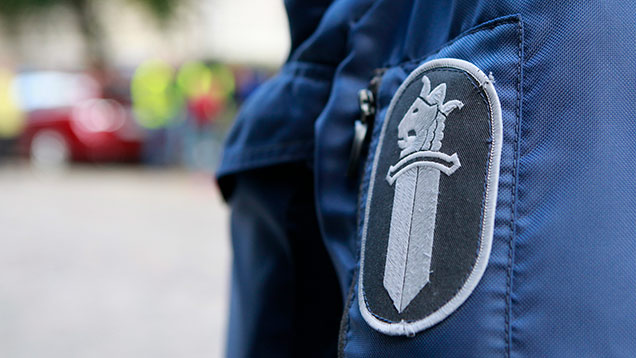Valtioneuvoston verkkosivusto uudistuu. Sivustolla saattaa tilapäisesti olla toimimattomia linkkejä, häiriöitä ja puutteita.
A guide on good practices for identifying and preventing hate crimes has been published

The Ministry of the Interior has published a guide on good practices for identifying and preventing hate crimes for the police and their stakeholders.
The Good practices for identifying and preventing hate crimes guide showcases good practices from both Finland and other European countries. For the report contained in the guide, information was collected from police officers engaged in preventive work and NGOs working with the police. The guide was compiled by Emilia Hämäläinen, Specialist at the Ministry of the Interior Police Department.
“Preventing hate crimes is part of every Finnish police officer’s work. A number of measures are already in place in Finland to prevent hate crimes, and their prevention is also considered important within the police organisation”, explains Specialist Emilia Hämäläinen, referring to the contents of the guide.
An act of hatred is motivated by prejudice against or hostility towards a particular group in need of protection or personal characteristics. However, an act of hatred in itself does not necessarily meet the definition of any offence. These acts are referred to as hate crimes if they have the essential elements of an offence. Under Finnish criminal law, hate crimes refer to acts that have certain essential elements of an offence, targeting a person, a group, a person's property or an institution, or a representative of a group or an institution.
For example, hate crimes are motivated by prejudices against or hostility towards the victim's presumed or actual race, colour, birth, national or ethnic origin, religion or belief, sexual orientation, disability, gender identity or gender expression. Hate speech may also constitute an offence under the Criminal Code or discrimination prohibited under the Non-Discrimination Act or the Act on Equality between Women and Men.
Where people get together, police presence is important
A survey addressed to police officers engaged in preventive work and some NGOs collaborating with the police was conducted for the guide. The responses highlighted the importance of police presence in places where people spend their time.
“Stakeholders working with the police particularly appreciate police presence and participation in different events whenever possible. This helps people get to know the police, lowering the threshold for contacting the police when they have questions or need to report an offence. The presence and participation of the police are also seen as bringing the police closer to people”, Hämäläinen says.
The need for police presence also applies to social media. When police officers introduce themselves as identifiable individuals, the threshold for contacting them is lower. Particularly young people spend a great deal of time on the social media, which is why it is important for the police to be there, too.
The guide additionally explains why working together with different communities is important. This cooperation also enables the police to expand their competence in questions and issues that are not necessarily extensively dealt with in police training.
The guide was produced as part of the Facts against Hate project funded by the European Union's Rights, Equality and Citizenship programme.
For more information please contact:
Specialist Emilia Hämäläinen, tel. +358 295 488 221
